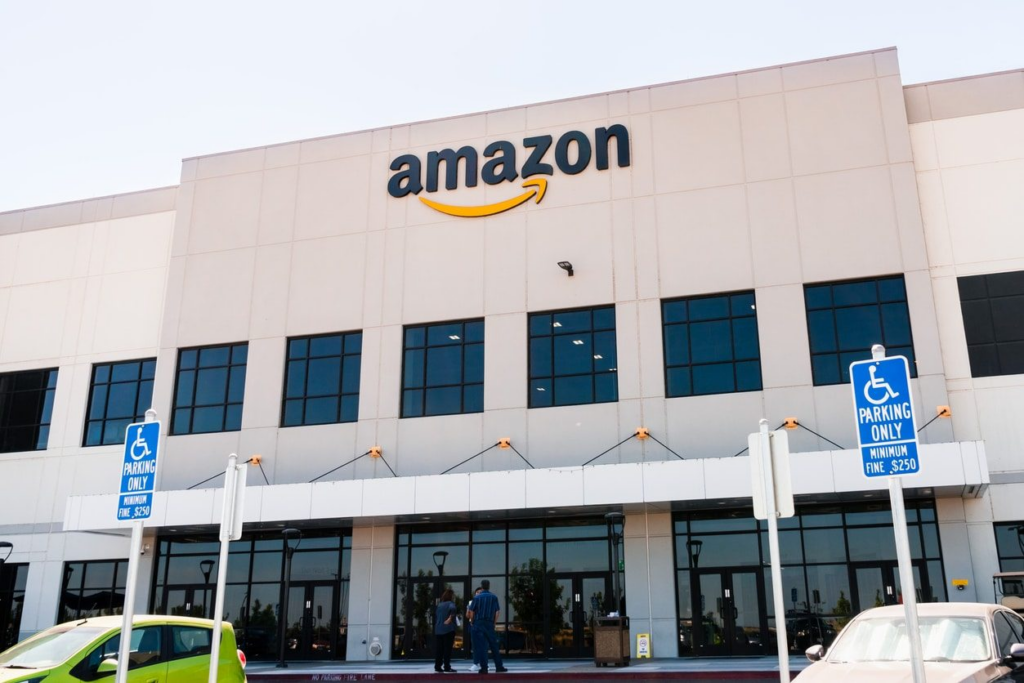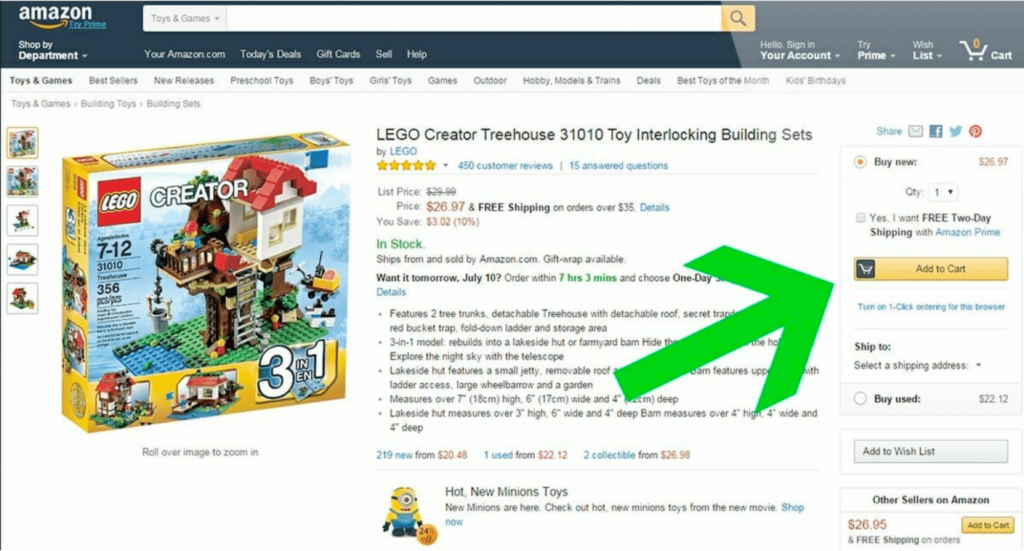
Congratulations, you’ve taken the first step: you’re thinking of starting your own business, selling products on Amazon. You could join more than 2 million sellers that currently sell products on Amazon – it’s a huge market. As of the first quarter of 2016, Amazon had 310 million customers shopping for all sorts of products, everything from new-release books, to expensive headphones, to striped socks, to toilet paper, to hard-to-find automotive parts, to outlandish Halloween costumes.
Amazon Seller Terminology
Before we get into the specific questions, let’s spend a few minutes and explain some terms you will hear us use throughout our training:
- Amazon Seller (Third-party sellers, Amazon Retail): on Amazon, there are two types of sellers: Amazon Retail, and everyone else. The Amazon company has a buying team that sources product directly from manufacturers, and offers those items for sale on Amazon. Meanwhile, more than 2 million sellers also offer their products for sale on Amazon. These other sellers are called “third-party” sellers or 3P sellers. They make up the overwhelming majority of product selection on Amazon, and about half of the sales volume and revenue on Amazon.
- Marketplace: The marketplace is simply the term used to describe the whole market of Amazon – Amazon Retail, third-party sellers and all of the customers all interacting on the Amazon.com shopping site.
- Seller Central: this is the portal that every third-party seller uses to see its inventory, sales, order fulfillment, customer inquiries/feedback, and payment disbursement information, as provided by Amazon. Look at sellercentral.amazon.com for the landing page to enter this portal.
- Seller Performance: this is the Amazon organization that is responsible for policing the marketplace. They act as the police, judge and jury on appropriate and inappropriate seller behavior, ranging from what proportion of each seller’s orders are being shipped on time, to customer complaints about counterfeit products, to seller notifications about changing regulations on the marketplace.Most sellers know them as the organization that sends out warnings or policy violations when sellers take actions that they are not allowed to do. While there are several people that work on the Seller Performance team, the team also has extensive software supporting them to track all of the sellers, emails and transactions that go on all the time. Because communication between this organization and sellers happens almost exclusively through email, many sellers complain that this organization is a mysterious organization that does not explain itself well enough for sellers to understand the root cause of issues that come up with their accounts.
- Seller Support: this is the organization that provides email, phone and chat support for sellers seeking answers to questions about their business on Amazon.
- Customer Feedback: Amazon customers can leave feedback on sellers from whom they buy product. It’s important for sellers to ask for feedback, and build up not only the average feedback score, but also the number of pieces of feedback they receive. We will provide more details on this later.
- Product detail page: the Product Detail page, or product page, is the visual representation of a single product listing on Amazon. On this page, a customer can see the title, brand name, bullet points, product description, price, shipping time frame and sellers offering this item. By consolidating all of this information on one page, Amazon has made the shopping experience easier for customers and competing sellers alike. As a seller, it is important to learn what it takes to manage the accuracy and completeness of content on the product detail page so that customers have enough information to decide clearly whether to buy the item.

Registering as an Amazon Seller
Congratulations, you’ve taken the first step: you’re thinking of starting your own business, selling products on Amazon. You could become an Amazon seller and join more than 2 million sellers that currently sell products on Amazon – it’s a huge market. As of the first quarter of 2016, Amazon had 310 million customers shopping for all sorts of products, everything from new-release books, to expensive headphones, to striped socks, to toilet paper, to hard-to-find automotive parts, to outlandish Halloween costumes.
Amazon Seller Terminology
Before we get into the specific questions, let’s spend a few minutes and explain some terms you will hear us use throughout our training:
- Amazon Seller (Third-party sellers, Amazon Retail): on Amazon, there are two types of sellers: Amazon Retail, and everyone else. The Amazon company has a buying team that sources product directly from manufacturers, and offers those items for sale on Amazon. Meanwhile, more than 2 million sellers also offer their products for sale on Amazon. These other sellers are called “third-party” sellers or 3P sellers. They make up the overwhelming majority of product selection on Amazon, and about half of the sales volume and revenue on Amazon.
- Marketplace: The marketplace is simply the term used to describe the whole market of Amazon – Amazon Retail, third-party sellers and all of the customers all interacting on the Amazon.com shopping site.

If you’re one of the estimated 20%–40% of brands who fire their agency annually, you can’t focus on that vision if you have to keep searching for the right support. BBE proudly retained >95% of our clients last year while applying focused dedication to our brand partners. If you’re ready to start over for the last time, contact us and find out why leading brands have partnered with us for so long.

